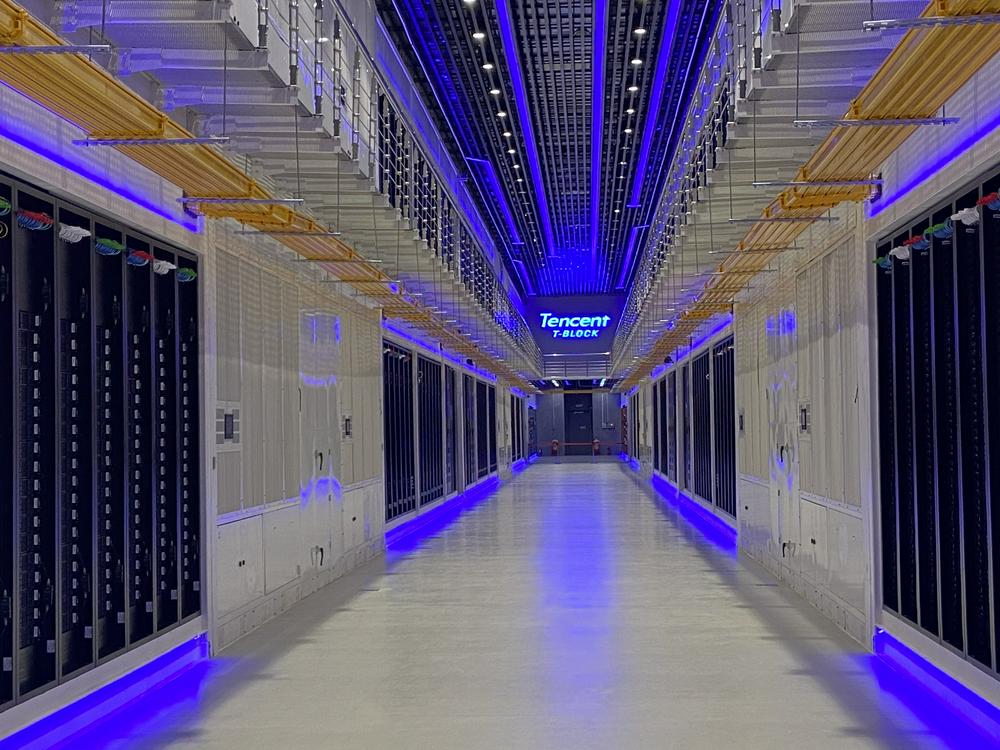Since the Third Industrial Revolution which conceived the internet, computing power has become increasingly inseparable from human life. Due to the pandemic over the last three years, there has been a significant push in the development of digital industries.
Computing power, like water conservancy in the agricultural era and electricity in the industrial era, has become the core productivity and a crucial infrastructure for the development of digital economies all over the world.
As part of a growing economy, China has an increasingly insatiable appetite for computing power as the digital transformation of society progresses. According to the “2021-2022 Global Computing Power Index Report” jointly launched by IDC, Inspur and Tsinghua University Global Industry Institute, computing power has a long-term and multiplier effect on economic growth: when the computing power index increases by 1 point on average, the digital economy and GDP will increase by 3.5% and 1.8% respectively.
China’s megaproject for greater computing power
Along with the US, China has been at the forefront of pushing a gradual transition from 4G to 5G over the last five years, which has been largely supported by the rapid development of the cloud computing industry. As a result, the volume of data storage and transmission is increasing at an exponential rate. The question of how to ensure the cost performance of computing power has become a hot topic in recent years.

In 2017, there were nearly 400 large Internet Data Centres (IDCs) in the world, of which 44% were in the U.S., followed by China, Japan and the United Kingdom, accounting for 8%, 6% and 6% respectively. The most of the current data centres in the U.S. are rebuilt and expanded, and the scale of new data centres is relatively small. Nonetheless, the U.S. has the largest number of data centres in the world. In 2018, Equinix (U.S.) is the world leader in data centres, with 9.5% of the global data centre market. Followed by Digital Realty Trust, also based in the U.S., with about 5.7% of the market. In third place is China Telecom, with a 3.3% share of the global IDC market.
Recently, China approved a megaproject to establish eight national computing hubs and ten national data centre clusters, indicating that the overall layout for the national integrated big data centre system has been completed. The megaproject also shows that a strategy to shift more computing resources from East China to less-developed West China is in full swing.
The goal of this project is to establish a new computing power network system that integrates data centres, cloud computing, and big data, to orderly guide computing power demand from the east to the west, to optimise the layout of data centres, and to promote east-west synergy. Simply put, it aims to make computing power resources in the west, to fully support data processing in the east and therefore better empower digital development.
The significance of the computing project

Data centres are known for their high-power consumption, with the average power transmission loss in China being 6%, and power costs accounting for over 50% of the operating costs. Previously, most of the early data centres were developed in Eastern China. However, with rising land and electricity costs in the east, it is no longer cost-effective to build data centres there. The project can make better use of Western China’s abundant renewable energy resources and boost renewable energy industries in the region.
“At the moment, most of China’s data centres are situated in the country’s eastern regions. In contrast, China’s western areas are rich in resources, particularly renewable energy, and have the potential to foster data centre growth and meet the needs of data computing in the eastern regions,” according to Sun Wei, deputy director of the technology department of the NDRC.
As an important strategic megaproject in China, the implementation of the project is conducive to utilising green energy in the western regions and can optimise the energy efficiency of data centres.
Indeed, many large corporations have been aware of the high cost of infrastructure such as data centres and have established their own data centres in the western region. However, the western region is constrained by a lack of network bandwidth and the high cost of inter-provincial data transmission.
A growing number of companies are joining the fray
“The industrial chain of data centres is complicated, covering a wide variety of areas, and preliminary construction requires a significant amount of money. Following the release of the project, a new round of investment boom in data centres is expected to drive annual industrial development worth over 100 billion yuan (about $16 billion).” according to Wang Weiling, head of China Electronic Information Industry Development Research Institute.
The project’s related industries include data centre’s operation and maintenance, data centre’s construction, server, chip, system, and database-related software, communication facilities, as well as the future development of the data circulation, data foundation, data processing, and artificial intelligence industries in Eastern China.
For this huge potential market, more companies are flocking to push the frontier of the digital economy. China’s three major communication operators have announced they will speed up the construction of high-level data centres across the country based on the project’s eight national computing hubs.
Volcengine, ByteDance’s cloud service platform, is bolstering talent training and recruitment in the western data centre, as well as the development of upstream and downstream industrial chains. Meanwhile, Tencent has built several data centres around the national computing hubs mentioned in the project. In response to the goal of carbon neutrality, Tencent’s self-built data centres’ average PUE has dropped below 1.25, while actively contributing to the construction of green electricity.


“Without policy guidance, businesses would mostly make their own judgments based on market demand, which is prone to disorder and is not beneficial to the allocation and effective distribution of resources. Now that the policy has been released, it will help in the management of data centres and the reduction of operating costs.” Zhong Yuanhe, Tencent Cloud vice president, stated in an interview with “STAR Market Daily” reporter.
It is a long-term initiative, and many challenges will be encountered during the process as the project is not only the migration of data computing power, but also the construction of supporting 5G networks, data centres and other new infrastructure.




